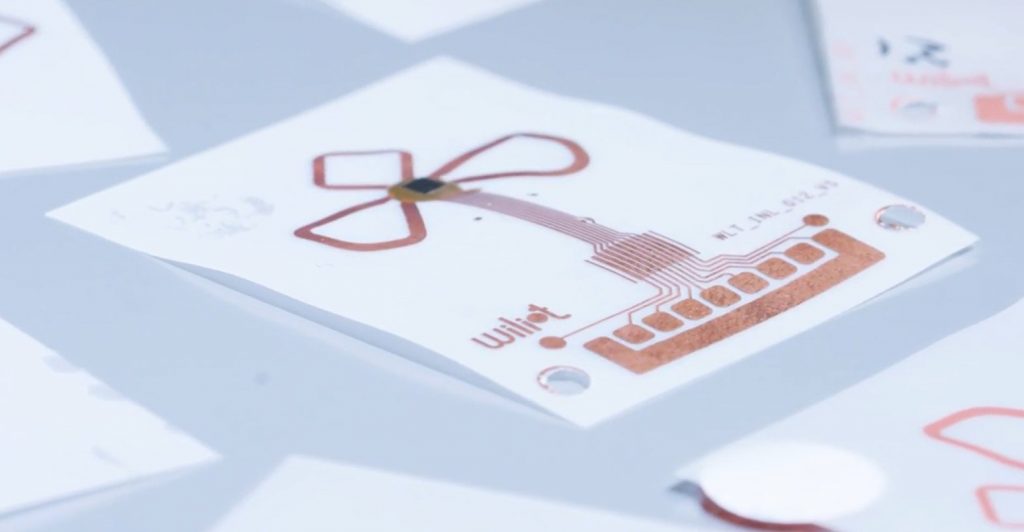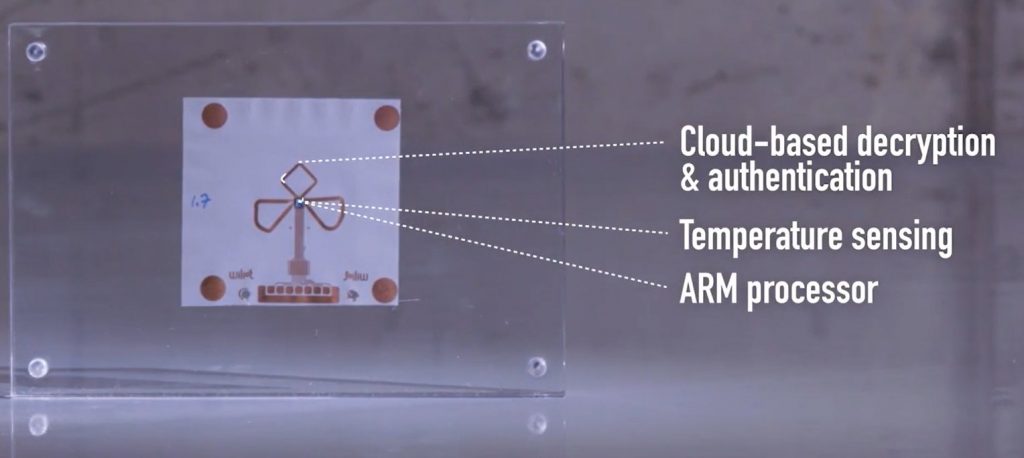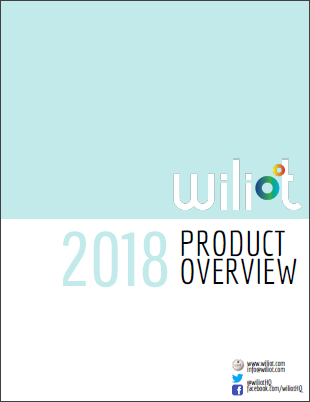Last week we met with Steve Statler, better known as Mr Beacon. Steve has joined Wiliot at their SVP Marketing & Business Development.
Wiliot are interesting because they have the potential to disrupt the beacon industry. They have secured $19m in funding to create ultra thin beacons that use energy harvesting rather than batteries. In order to do this, they will become a semiconductor company much like Nordic, TI, Dialog and NXP whose system on a chip (SoC) products are used in existing beacons. Wiliot will create their own SoC that will be packaged much like current NFC tags that can be stuck onto things.
Proof of concepts are scheduled for 2H 2018 with production in mid 2019. The aim is to sell millions of these things in products such as clothing, packaging, electronics and toys. This scale will mean they will only cost of the order of tens of cents/euros/pounds. While Wiliot expect their beacons to be manufactured into things, they expect to offer stand-alone ‘stickers’ that can be attached to anything. They also plan versions with sensors that might also disrupt the IoT industry.
Energy harvesting will take energy from the airwaves from WiFi and similar 2.4GHz products, including ironically, other beacons! They won’t get much energy this way so the range will be small, a few meters, for initial devices. They aim to improve the range in later product iterations, presumably through the use of better energy storage devices such as supercapacitors.
We will be following Wiliot, hope to stock their products and will be offering consultancy and development based on their technology.


